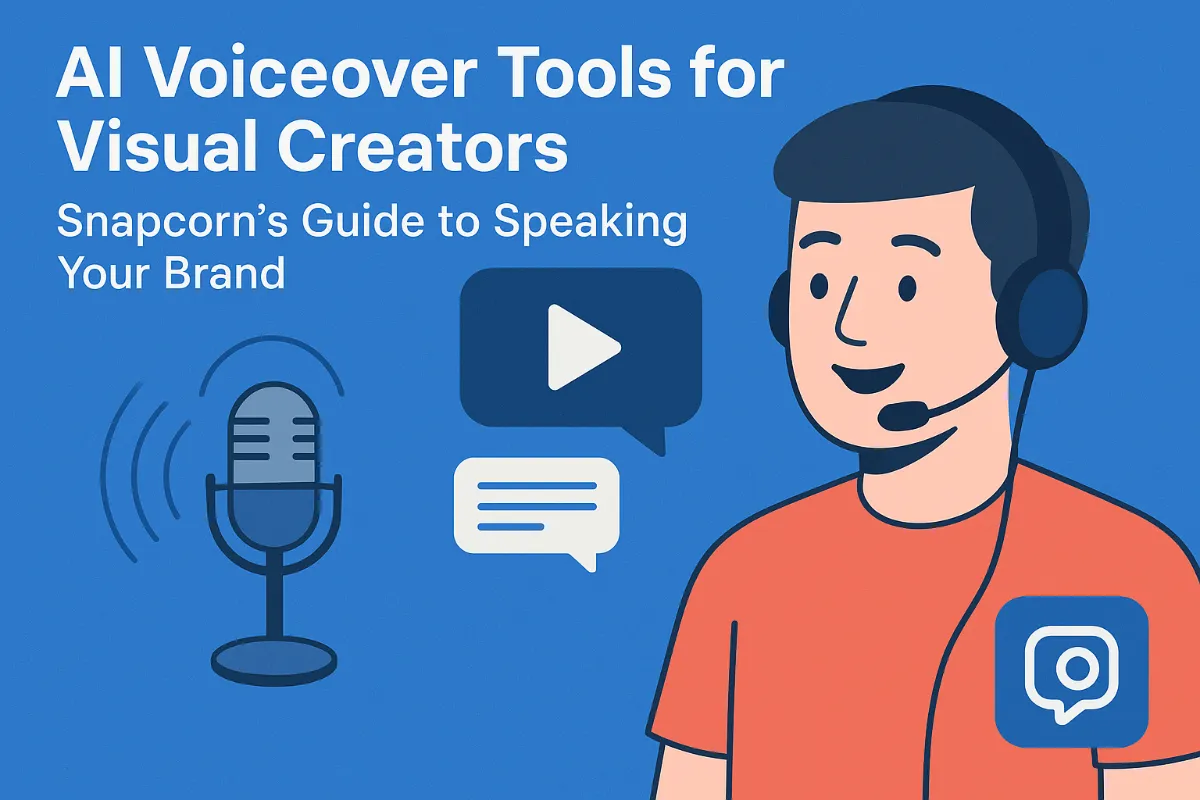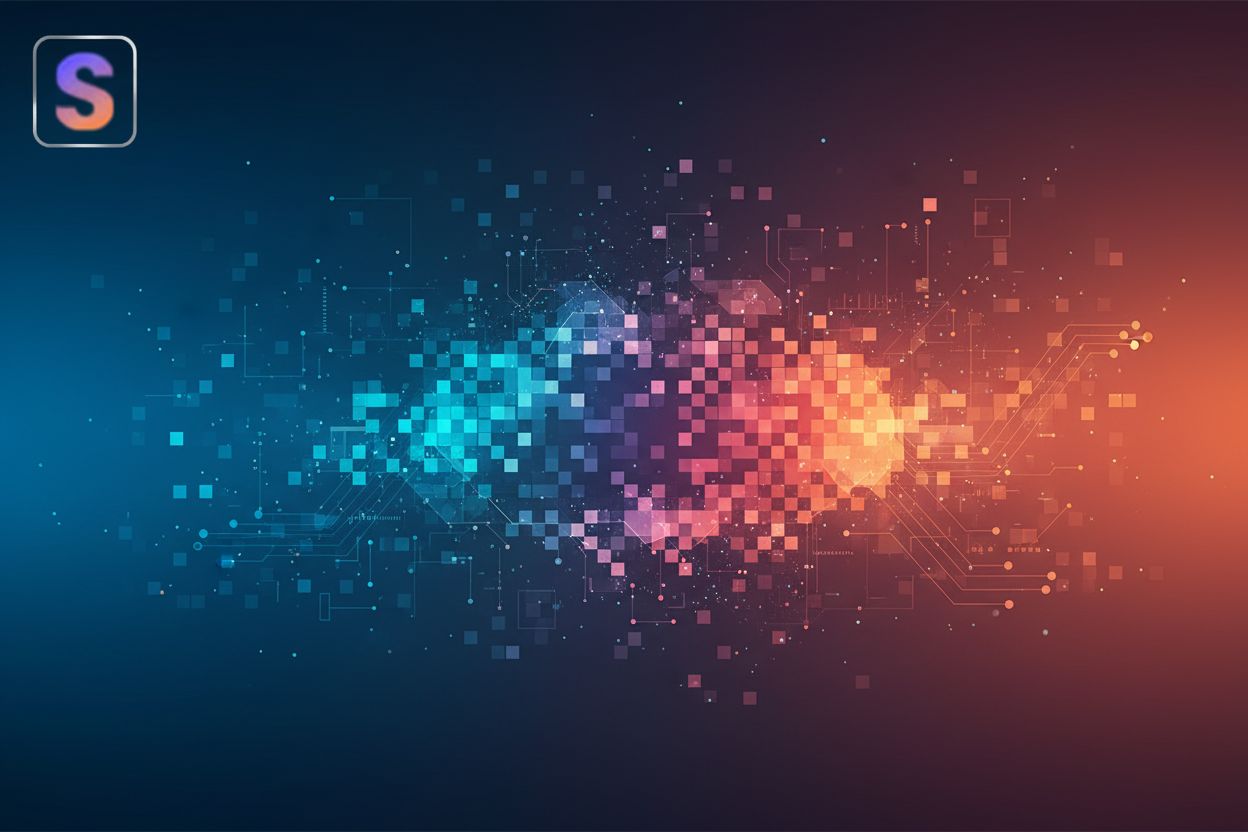Image Upscaling Techniques
TL;DR
Introduction to Image Upscaling
Okay, so you've got this blurry image, right? Ever wonder if you could, like, un-blur it? That's where image upscaling comes in. It's pretty cool, actually.
Basically, image upscaling is blowing up an image, making it bigger. but, like, without it turning into a pixelated mess. It's more than just stretching the image, which, let's be honest, looks terrible.
- Think about old photos. You scan them, but they're tiny. Upscaling lets you make them bigger for printing or, uh, showing off online.
- Graphic designers use it all the time. Need a logo bigger for a billboard? Upscaling can help make it happen, and keeping it crisp is key.
- E-commerce? Oh yeah, it's huge. Clear product photos can seriously boost sales, and upscaling ensures the details pop, even when zoomed in.
It's not a perfect science though, and that's the challenge. The goal is to add detail that wasn't there before – or enhance what's already there – instead of just making the pixels bigger. So it doesn't look like minecraft. There are some ai tools out there that does a good job. These tools come in various forms, from easy-to-use online services that you can access from any browser, to more powerful desktop software that offers greater control, and even mobile apps for on-the-go edits. This advanced AI website can scale up your images by 4x, providing stunning results that surpass traditional methods.
Next up, we'll dive into the nitty-gritty of how these upscaling techniques actually work.
Traditional Image Upscaling Methods
Ever zoomed in on an old photo and it just turns into a blocky mess? That's where traditional upscaling methods come in, and they're not all created equal, tbh. Let's break down a few:
Nearest Neighbor Interpolation: This is the simplest. Each new pixel just grabs the color from the nearest original pixel. It's super fast, which is nice, but the results? Uh, not so much. Think major pixelation.
Bilinear Interpolation: A step up, bilinear looks at the four surrounding pixels and kinda averages them to guess the new pixel's color. Smoother than nearest neighbor, sure, but it can still end up looking blurry.
Bicubic Interpolation: This one's fancier, using 16 surrounding pixels for a more accurate guess. You get sharper images than bilinear, but sometimes it can introduce weird artifacts, like unwanted lines or patterns.
These methods are like the OG ways to upscale images, but they have limitations. To overcome these limitations, researchers have turned to more sophisticated techniques, particularly those powered by artificial intelligence.
AI-Powered
AI-powered image upscaling is kinda like magic, isn't it? Taking something blurry and turning it into a crystal-clear image? How do they even do that?
- Deep learning is the backbone. It uses neural networks trained on tons of images, learning to recognize patterns and details. Think of it like teaching a computer to see better.
- Super-resolution algorithms then reconstruct high-res images from low-res ones. They're not just guessing; they're using what they've learned to fill in the gaps intelligently. These algorithms learn to predict missing pixels by identifying and replicating patterns from vast datasets of high-resolution images. For example, in medical imaging, this means clearer scans, which can help doctors diagnose patients more accurately.
- Convolutional Neural Networks (cnns) are the workhorse here. They process images in layers, identifying edges, textures, and objects. Imagine upscaling satellite images for better weather forecasting or urban planning.
Comparing Traditional and AI Upscaling Methods
Now that we understand some of the core AI techniques, let's look at how they stack up against their traditional counterparts. Okay, so you're probably wondering: is all this ai upscaling hype really worth it? Or is it just another tech fad? Let's get real.
- Traditional methods are faster and cheaper, no doubt. If you're just trying to make a small thumbnail a little bigger, they're fine. Think quick edits for internal documents, you know?
- ai upscaling, on the other hand, needs more processing power. This is because ai upscaling involves complex computations and large neural networks, which require significant processing power. but the quality difference? Huge. Imagine a hospital using ai to upscale low-res x-rays. Suddenly, doctors can see details they'd miss otherwise.
And it's not just healthcare. Consider a retailer who wants to make a good impression.
Next, let's talk about how we even measure image quality, because it's not always what you think.
Practical Guide: Choosing the Right Upscaling Technique
So, you're ready to upscale, huh? It's not just about clicking a button; you gotta think about what you're actually doing. Here's how I usually break it down.
What kinda image is it? Portraits needs different treatment than, say, landscape shots or product photos. you know? A face needs that detail, but a landscape might be more forgiving.
How big you wanna go? Don't just aim for "bigger." Think about the final use. A thumbnail for a website don't need the same resolution as a billboard.
Got a beefy computer, or are you running this on a potato? ai upscaling can be resource-intensive. Traditional methods are quicker, but you get what you pay for, in terms of quality.
How much blurriness, or weird artifacts, are you willing to live with? all upscaling introduces some imperfections. It's about finding the right balance.
Basically, it's a trade-off. More power equals better results, but sometimes, "good enough" is, well, good enough.
Next up, we'll look at some specific tools and software that can help you get the job done.
Conclusion
Image upscaling, huh? It's not just about making things bigger; it's about making them better. So, what's the takeaway after all this?
ai is kinda the future, no joke. Traditional methods? They're alright for quick fixes, but ai? It's where the real magic happens, like, ai image upscaling can blow traditional methods out of the water, especially when you need to preserve details. As mentioned earlier, this advanced AI website offers a free service that scales images up to 4x.
It's gonna get even smarter. Imagine ai that can predict details that were never there. We are talking about ai being so smart it can practically invent detail.
Photography's changing, for real. ai isn't just a tool; it's reshaping how we create and interact with visual content. Beyond just enhancing existing images, ai is also assisting in creative workflows, like suggesting compositions or even generating entirely new visual elements, opening up new creative possibilities for photographers.
Think about it: ai could be the standard for visual content, from movies to e-commerce.
So, yeah, upscaling is cool and all, but ai is about to make it way cooler.




